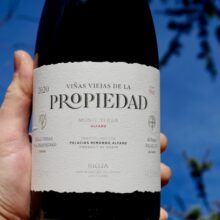
Product information
Palacios Remondo Propiedad Garnacha 2020
$125
Description
Complete liking this the shape, flow, development and harmony are impressive. Very complete super fine long tannins with personality. Excellent flavour profile with a little baking spice. Freshness and energy here, signing. Plush, fine and delicious.
I was really taken by the 2020 Propiedad, a pale and bright ruby-colored wine with subtleness and elegance despite its 14.5% alcohol. The old vines are a majority of Garnacha and maybe 8% other varieties. The wine is floral, with notes of stone fruit, clean and without fissures, seamless, quite showy and with a terrific sense of balance and elegance.
Luis Gutiérrez, The Wine Advocate 95 Points
In stock
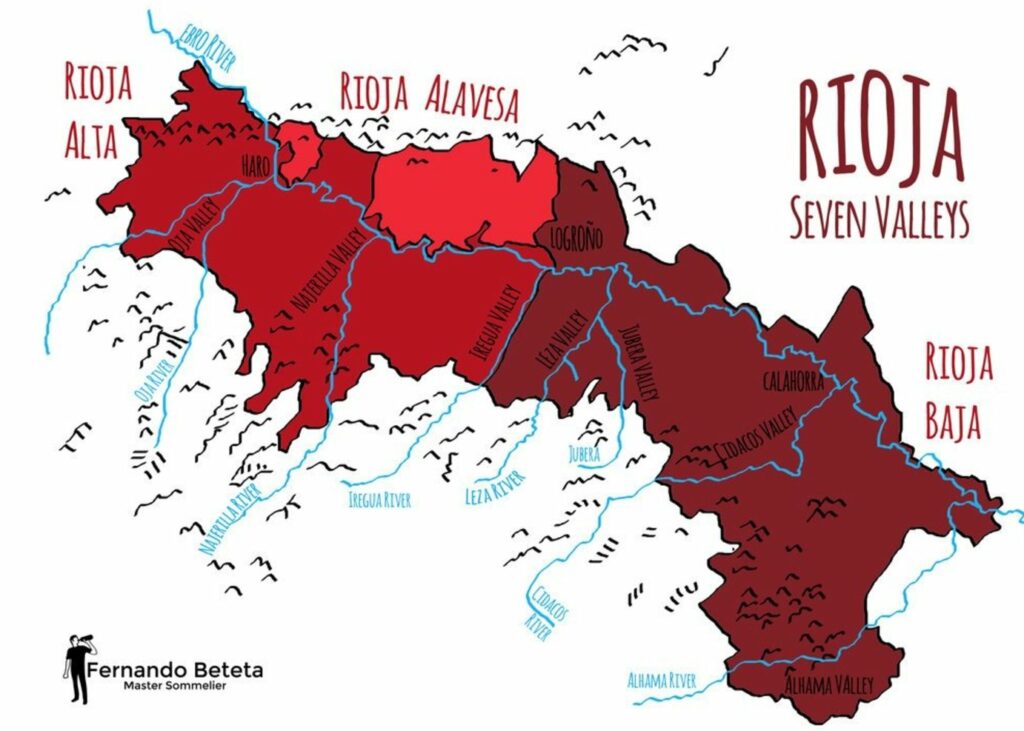
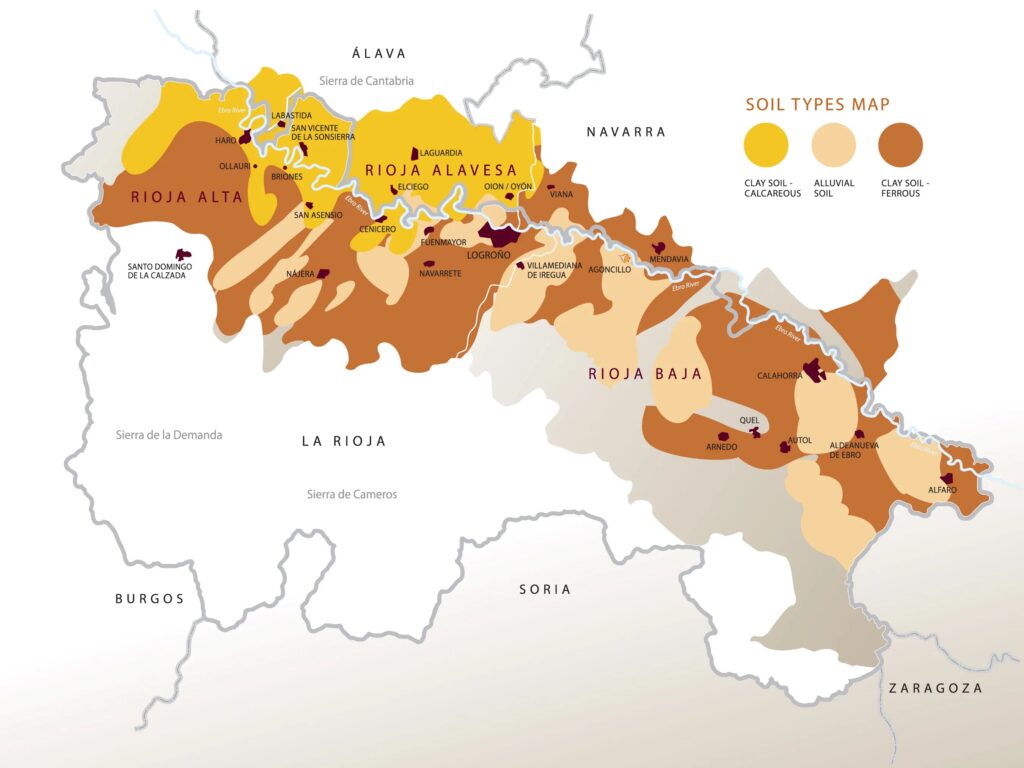
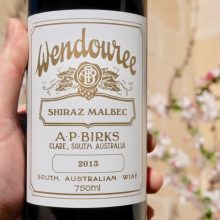
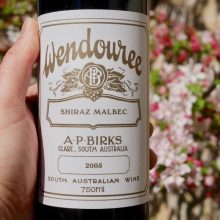
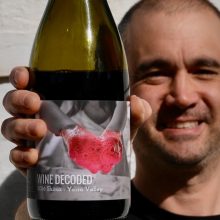
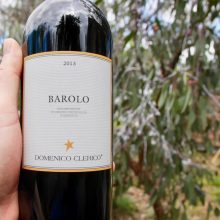
You must be logged in to post a comment.